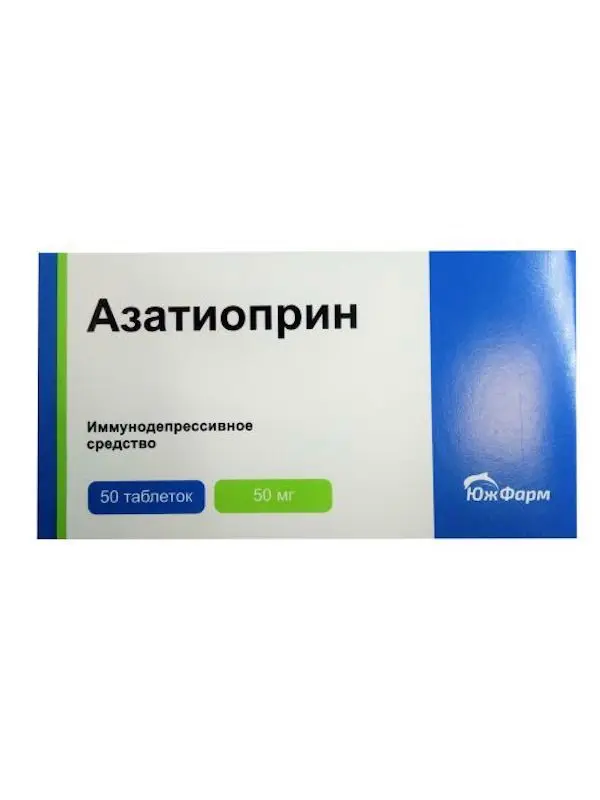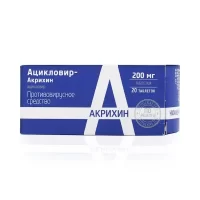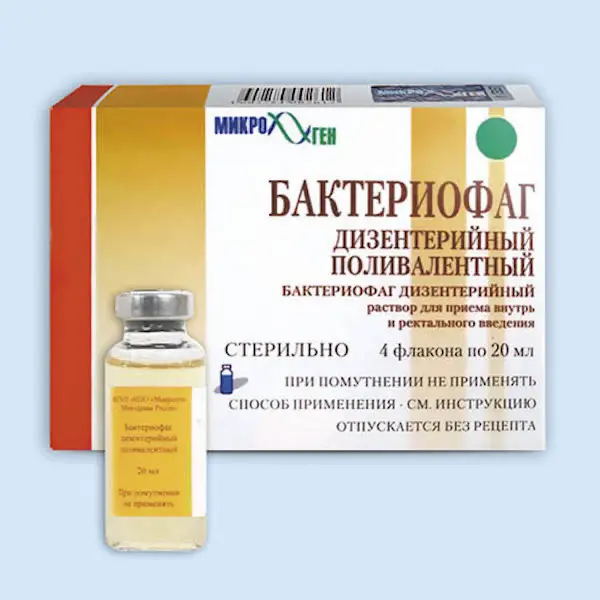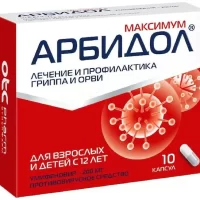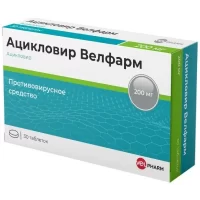Description
Azathioprine Pharmacodynamics
Azathioprine is a thiol derivative, a competitive antagonist of hypoxanthine, similar to purine bases in chemical structure and biological action; it has immunosuppressive and cytostatic effects. It is involved in metabolic reactions, disrupts nucleic acid synthesis, competes with hypoxanthine and guanine for hypoxanthine-phosphoribosyltransferase, which converts purinetol to thioinosinic acid (TIC). TIC inhibits a number of reactions involving inosinic acid (IA), including the conversion of IA to xanthine and adenylic acid. TIC methylation produces a metabolite that blocks glutamine-5-phosphoribosyl pyrophosphate aminotransferase, the enzyme that initiates the purine ribonucleotide synthesis pathway. Due to the loss of the ability of cells to form TICs, tumor cells may develop resistance to azathioprine. Immunosuppressive effect is caused by hypoplasia of lymphoid tissue, decreased number of T-lymphocytes, impaired synthesis of lg, appearance of atypical phagocytes in blood and suppression of cell-mediated allergic reactions. Compared with mercaptopurine the immunosuppressive effect is relatively stronger (with less cytostatic activity). At high doses (10 mg/kg) it inhibits bone marrow function, suppresses granulocyte proliferation and causes leukopenia.
Indications
Prophylaxis of rejection reactions in kidney transplants, rheumatoid arthritis, chronic active hepatitis, systemic lupus erythematosus, dermatomyositis, periarteritis nodosa, acquired hemolytic anemia, Idiopathic thrombocytopenic purpura, gangrenous pyoderma, psoriasis, Crohn’s disease, nonspecific ulcerative colitis, myasthenia gravis, pemphigus, Reiter’s syndrome, radiation dermatitis, pseudohypertrophic myopathy. Ineffectiveness and contraindications to the prescription of glucocorticosteroids or the need to reduce their dosage (in patients with side effects from their use and/or a high risk of their development).
Azathioprine is used as monotherapy or in combination with corticosteroids and/or other immunosuppressants.
Contraindications
Hypersensitivity, suppression of hematopoiesis (hypoplastic and aplastic anemia, leukopenia, lymphopenia, thrombocytopenia), liver failure, pregnancy, lactation.
Administration during pregnancy and lactation
Azathioprine is contraindicated in pregnant women or those planning pregnancy in the near future without careful evaluation of the risk/benefit ratio.
The teratogenicity of azathioprine concerns men and women. As with any cytotoxic chemotherapy, adequate contraception should be recommended if one partner receives azathioprine.
There are reports of premature births and underweight babies born to mothers receiving azathioprine, especially in combination with corticosteroids. Spontaneous abortions are known to occur as a result of azathioprine use by either parent.
Azathioprine and/or its metabolites have been found in low concentrations in fetal blood and amniotic fluid in women receiving azathioprine.
Leukopenia and/or thrombocytopenia have been detected in neonates whose mothers received azathioprine during pregnancy. Increased attention should be paid to monitoring hematologic parameters during pregnancy.
Azathioprine is contraindicated during lactation. 6-MP is detected in the breast milk of women receiving azathioprine.
How to use and dosages.
- Inside.
- Adults
Transplant
Up to 5 mg/kg/day on the first day of therapy.
Maintenance dose of 1 to 4 mg/kg/day depending on clinical indications and hematologic tolerance. - Even when low doses are used, maintenance therapy with azathioprine should be indefinitely prolonged because of the risk of graft rejection.
Other diseases - The starting dose is 1-3 mg/kg/day and should be adjusted in this dose range depending on the clinical effect (which may be obtained after several weeks to months from initiation of treatment) and hematologic tolerability.
If a therapeutic effect is obtained, the maintenance dose should be reduced to a minimum level that maintains the effect obtained. If no clinical effect is achieved within 3 months, azathioprine should be discontinued. However, in inflammatory bowel disease, treatment should be given for at least 12 months, and a therapeutic effect may be achieved after 3-4 months. - The maintenance dose may range from less than 1 mg/kg/day to 3 mg/kg/day and is determined by disease, individual patient response, and hematologic tolerability.
Use in Elderly Patients
There is limited experience with the use of azathiopine in elderly patients. The minimum doses of the recommended dose range should be used. Particular attention should be paid to monitoring hematologic parameters, reducing the maintenance dose to the lowest tolerated dose to maintain the therapeutic effect. - Children
Transplant
See dosages for adults in transplantation.
Other diseases
See dosages for adults for other conditions.
Renal/Hepatic Impairment - In patients with renal and/or hepatic impairment, the lowest dose of the therapeutic range should be used.

